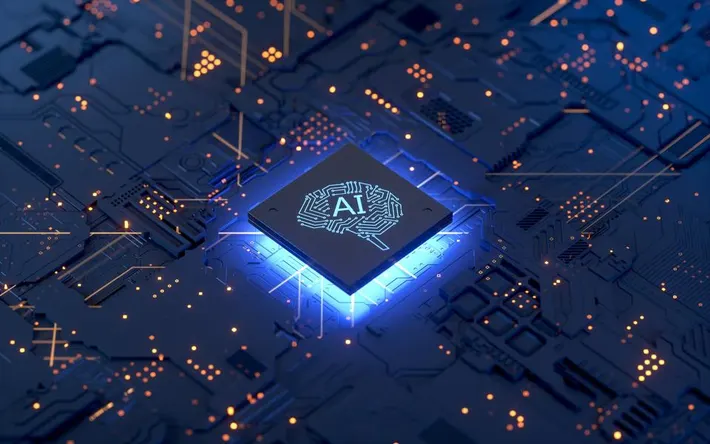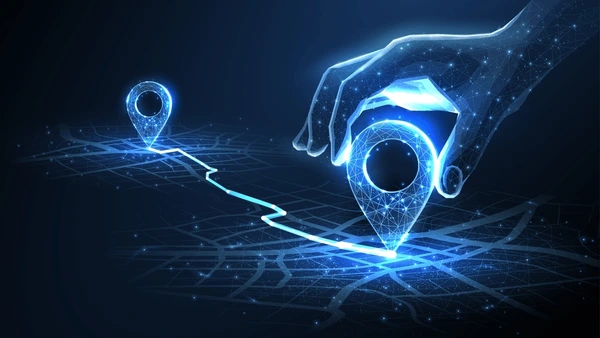
What is the Model Context Protocol from Anthropic?
MCP serves as a universal interface, akin to a “USB-C port for AI applications,” allowing developers to either expose their data through MCP servers or build AI applications (MCP clients) that connect to these servers. This standardization simplifies the integration process, enabling AI models to access and interact with diverse data sources without the need for custom integration code.
What is an MCP Server?
An MCP server is an application that exposes data, tools, or resources to MCP clients. It acts as a bridge between external data sources and AI applications, providing the necessary context for LLMs to perform tasks effectively. Developers can implement MCP servers to make their data accessible to AI models in a standardized manner.
What is an MCP Client?
An MCP client is an AI application that connects to MCP servers to retrieve context or utilize tools exposed by these servers. By adhering to the MCP standard, clients can interact with various data sources seamlessly, enabling LLMs to access the information they need to generate accurate and relevant outputs.
How to Develop an MCP Server
Developing an MCP server involves setting up an application that can communicate with MCP clients and provide the necessary context or tools. Anthropic provides resources and tutorials to assist developers in building MCP servers. For instance, a tutorial on building a simple MCP weather server guides developers through the basic setup and progression to more advanced features.
How to Develop an MCP Client
To develop an MCP client, developers can follow tutorials that guide them through building LLM-powered chatbot clients that connect to MCP servers. These tutorials often recommend having a foundational understanding of MCP server development to facilitate the integration process.
How MCP Servers and MCP Clients Communicate
MCP servers and clients communicate through standardized protocols that define how context is provided to LLMs. This communication ensures that AI applications can access and utilize external data sources effectively, enhancing their performance and capabilities.
Use Cases for MCP Servers
MCP servers have a wide range of applications, including:
- Integrating AI with Business Data: Businesses can expose their internal data through MCP servers, allowing AI applications to access and analyze this data for insights and decision-making.
- Enhancing AI-Powered Tools: Developers can build tools that provide context to LLMs via MCP servers, improving the relevance and accuracy of AI outputs.
- Standardizing AI Integrations: By adhering to the MCP standard, organizations can streamline the integration of AI models with various data sources, reducing the need for custom code and simplifying maintenance.
How to Use MCP Servers with Claude Desktop
Claude Desktop, an AI application developed by Anthropic, can connect to MCP servers to retrieve context and enhance its capabilities. By configuring Claude Desktop to communicate with MCP servers, users can leverage external data sources to improve the performance and relevance of AI-generated content.
Difference Between MCP Servers and AI Agents
While both MCP servers and AI agents facilitate interactions between AI models and external data sources, they serve different roles:
- MCP Servers: Act as providers of context or tools, exposing data to AI applications in a standardized manner.
- AI Agents: Operate as intermediaries that perform tasks or make decisions based on the data and context provided, often utilizing MCP servers to access the necessary information.
Conclusion
The Model Context Protocol from Anthropic represents a significant advancement in standardizing the integration between AI models and external data sources. By providing a clear framework for MCP servers and clients, it simplifies the development of AI applications, enhances their capabilities, and broadens the scope of potential use cases. As AI continues to evolve, protocols like MCP will play a crucial role in ensuring seamless and efficient interactions between AI systems and the vast array of data they require.




